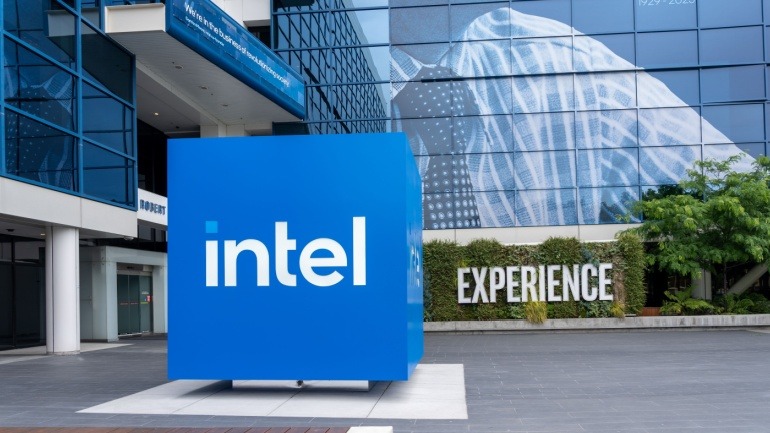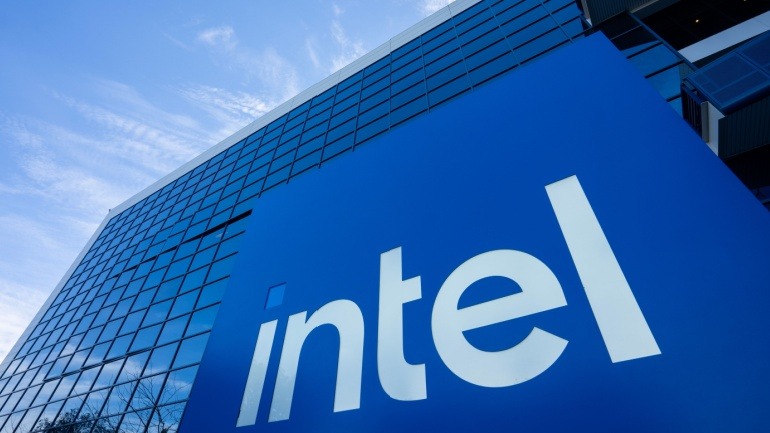Intel’s strategic move to retain its networking and edge (NEX) assets signifies a pivotal shift in enhancing VOIP solutions. By maintaining NEX, Intel aims to foster deeper integration between silicon and software, bolstering offerings in VOIP technology, AI, data centers, and edge computing, ultimately strengthening enterprise and telecom markets.
Intel’s Technology Tour in Arizona unveiled their groundbreaking 18A process, revolutionizing semiconductor capabilities for upcoming Core Ultra series and Xeon processors. Through advancements like RibbonFET and PowerVia, Intel enhances VoIP solutions, ensuring better efficiency and connectivity. Industry investments underscore Intel’s strategic push in the U.S. semiconductor race.
Ericsson is in talks to invest in Intel’s new networking unit, potentially gaining a small stake. The spinoff will focus on advanced silicon for communications infrastructure, aligning with Intel’s broader strategy to streamline operations and prioritize core areas like AI and CPUs.
Intel is set to spin off its Network and Edge Group (NEX) as part of a strategic optimization to bolster its core focus. This move, aligning with CEO Lip-Bu Tan’s vision, mirrors the successful Altera spin-off, aiming to attract strategic investors and enhance financial stability.
Intel and Arqit Quantum have launched a cloud security solution that ensures no party, including themselves, can access users’ data. By combining Intel’s confidential computing with Arqit’s quantum-resistant encryption, the technology delivers secure, private communication across cloud environments.
Intel is navigating challenges in the AI infrastructure space, particularly in AI datacenters. The company has shifted focus from its Falcon Shores AI accelerator to Jaguar Shores, set for a 2026 release.
Digital transformation is reshaping enterprises, with edge AI offering tremendous potential. Dell Technologies and Intel’s collaboration streamlines solutions with edge applications on PowerEdge XR8000 servers.
Qualcomm’s interest in acquiring Intel signifies a major shift in the semiconductor industry. Qualcomm CEO Cristiano Amon is reportedly leading the talks, aiming to capitalize on Intel’s recent restructuring. This potential acquisition could redefine the competitive landscape, although regulatory hurdles may pose significant challenges.
Intel has announced a significant delay in constructing new chip manufacturing facilities in Germany and Poland, following disappointing Q2 financial results. This delay could impact Europe’s ambitions to bolster semiconductor production and reduce dependence on Chinese manufacturing.
TrueBusiness, a unit of True Corporation, has partnered with Intel to revolutionize Thailand’s healthcare sector using 5G and AI. Their collaboration promises seven smart healthcare solutions, including telemedicine, automated diagnostics, and AI-powered patient management. This integration aims to enhance diagnosis, treatment, and patient data management, transforming Thailand’s healthcare landscape into a digital ecosystem.













